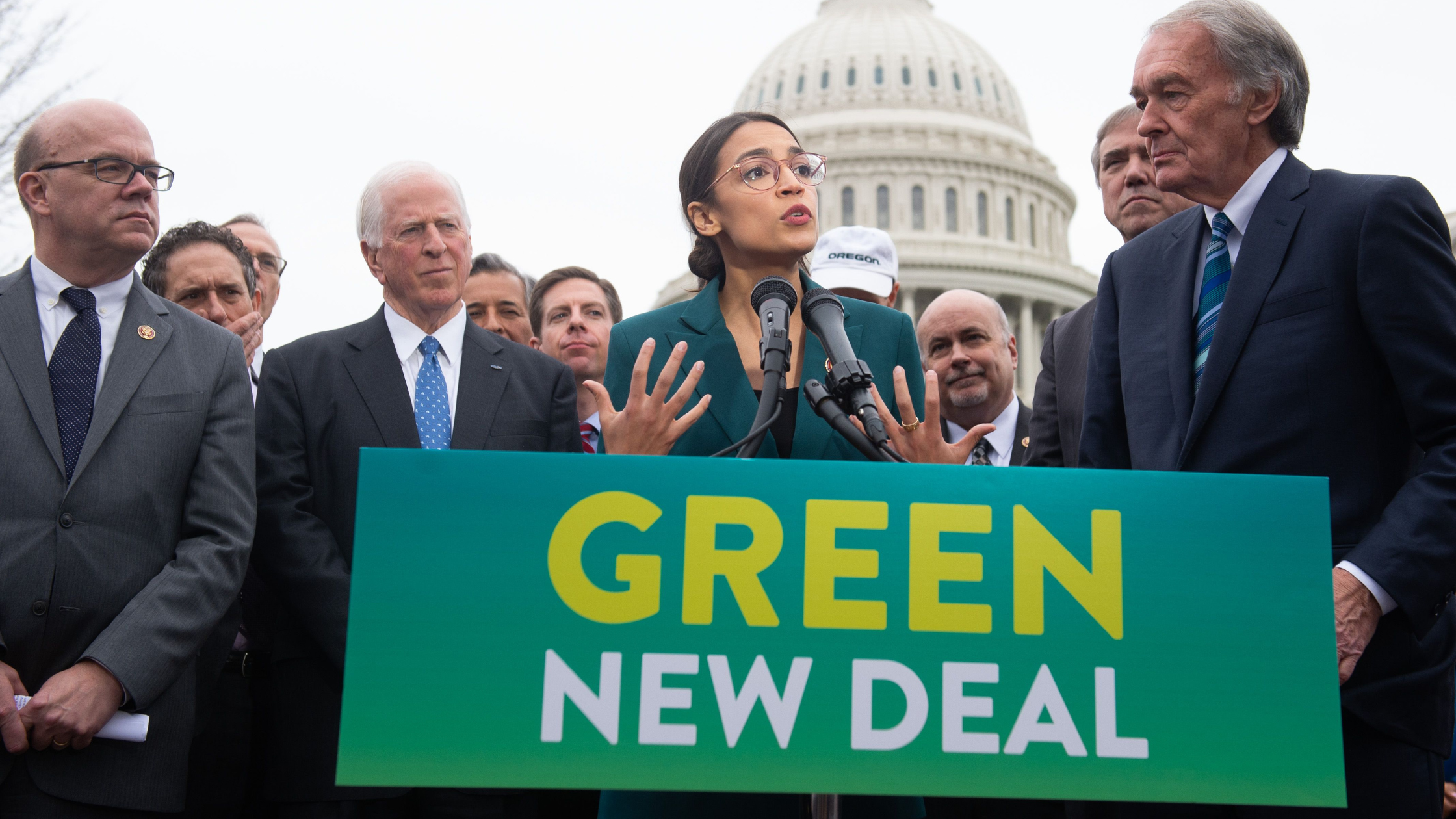
Carbon Pricing Mechanisms: Strategies for Pricing Carbon Emissions
Introduction
Carbon pricing has become an essential weapon in the worldwide effort to combat climate change, providing incentives for reducing greenhouse gas emissions. Governments and organizations hope to internalize the costs of climate change and promote the switch to greener, more sustainable alternatives by putting a monetary value on carbon emissions. There are numerous types of carbon pricing schemes, each with pros and cons of its own. We shall examine various strategies for pricing carbon emissions and their consequences for mitigating climate change in this blog.
Understanding Carbon Pricing
Carbon pricing is the practice of charging fees or taxes on greenhouse gas emissions, most notably carbon dioxide (CO2), which are produced by human activities such as the burning of fossil fuels for transportation, industry, and energy production. Its goal is to create a financial barrier to carbon emissions, which will encourage people and companies to reduce their carbon footprints. Carbon pricing aims to internalize the effects of climate change on the environment by placing a monetary value on carbon emissions. This strategy encourages investment in cleaner technologies and steers behavior toward low-carbon alternatives by matching economic incentives with environmental goals.
By reducing emissions at the source, carbon pricing ultimately seeks to encourage a shift toward more environmentally friendly behaviors and lessen the effects of climate change. Governments and organizations hope to solve the global climate change challenge and encourage the shift to a more resilient and environmentally friendly economy by implementing such policies.
There are two primary methods of carbon pricing:
- Carbon Tax: A carbon tax levies a direct charge on the amount of carbon that fossil fuels contain or on the emissions that result from burning them. The tax rate may be determined by calculating the total emissions generated by a certain activity or by calculating the quantity of CO2 released per unit of fuel. Carbon taxes give carbon emissions a distinct price signal, which makes it simpler for consumers and businesses to account for the cost of carbon when making decisions.
- Cap-and-Trade: Also referred to as emissions trading, cap-and-trade places a maximum limit on the total quantity of emissions that are permitted in a particular industry or jurisdiction. Companies receive emission licenses, which are each valued at a specific amount of CO2 emissions and are sold at auction. A business that emits less than the amount of permits allotted to it may sell the extra permits to other businesses that use more than their allotted amount. As a result, there is a market for carbon credits where supply and demand decide how much emissions cost.
Strategies for Pricing Carbon Emissions
-
Carbon Taxation:
Carbon taxes offer several advantages as a carbon pricing mechanism:
a. Simplicity: Compared to cap-and-trade systems, carbon taxes are comparatively easy to enact and manage. The social cost of carbon, which accounts for the financial losses brought on by climate change, can be used to determine the tax rate.
b. Revenue Generation: Governments may lower other taxes like income or payroll taxes, support vulnerable areas impacted by climate change, or finance clean energy projects with the money raised by carbon taxes.
c. Predictability: Because carbon taxes set a fixed price for carbon emissions, companies are better able to budget for emission reduction strategies in accordance with their anticipated future compliance costs.
However, carbon taxes also face challenges:
a. Political Acceptance: It might be challenging to get the public’s support and political will necessary to implement a carbon price, particularly if fossil fuel-dependent companies are opposed.
b. Regressive Impact: Because low-income households often spend a larger percentage of their income on energy-related expenses, carbon taxes may have a disproportionately negative impact on them. In order to lessen the regressive effects of carbon prices, policymakers must devise strategies like targeted subsidies or rebate schemes.
-
Cap-and-Trade:
Cap-and-trade systems offer several advantages as a carbon pricing mechanism:
a. Flexibility: Cap-and-trade enables businesses to identify the most economical means of cutting emissions, be it through investments in renewable energy, technical advancements, or involvement in carbon offset schemes.
b. Clarity About Emission Reduction: Cap-and-trade programs assist nations in accomplishing their climate targets by limiting emissions and providing clarity about the level of emissions that will be attained.
c. Market Efficiency: By generating a liquid market for carbon credits through the trading of emission permits, price discovery and the effective distribution of resources toward emission reduction initiatives are made possible.
However, cap-and-trade also presents challenges:
a. Complexity: When creating and executing a cap-and-trade system, several aspects need to be carefully taken into account, including emission limits, permit distribution strategies, monitoring and reporting requirements, verification processes, and enforcement protocols.
b. Price Volatility: Under a cap-and-trade system, the cost of carbon credits may fluctuate depending on a number of variables, including shifts in the state of the economy, the price of energy, and changes in regulations. Investors and businesses may experience uncertainty as a result of price volatility.
c. Leakage and Equity Concerns: Cap-and-trade schemes may cause emissions leakage, in which businesses move their production to areas with less stringent emission laws, hence reducing the efficiency of carbon reduction initiatives. Furthermore, there are worries regarding the distributional equity of cap-and-trade systems because more affluent businesses could be able to afford pollution permits, which could worsen income inequality.
-
Hybrid Approaches:
Some jurisdictions have adopted hybrid approaches that combine elements of carbon taxes and cap-and-trade:
a. Carbon Fee and Dividend: Under this strategy, a carbon tax is imposed and the money raised is given back to the public as dividends or refunds. Carbon fee and dividend programs are designed to preserve the incentive for reducing emissions while mitigating the regressive effect of carbon taxes through revenue redistribution.
b. Emission Intensity Standards: These standards place restrictions on the total amount of emissions that are permitted per unit of output or activity, as opposed to directly pricing carbon emissions. Businesses that violate the regulations must either obtain emission permits or pay a fine. Businesses can achieve total carbon reductions while still complying with emission targets thanks to this flexible strategy.
c. Sectoral Carbon Pricing: This approach concentrates on particular industries or sectors—like heavy industry, transportation, or power generation—that have large emissions. Policymakers can customize carbon pricing methods to address the distinct difficulties and opportunities within individual sectors by focusing on emissions at the sectoral level.
Conclusion
One of the most important instruments for cutting greenhouse gas emissions and moving toward a low-carbon economy is carbon pricing. Pricing carbon incentivizes investments in clean technologies and sustainable behaviors by signaling to firms and consumers the true cost of emissions, whether through carbon taxes, cap-and-trade schemes, or hybrid measures. However, in order to reconcile environmental goals with economic efficiency, equality, and political viability, successful carbon pricing necessitates rigorous design, implementation, and continuous evaluation. Carbon pricing will remain a crucial factor in determining how the world moves toward a more sustainable future as it confronts the grave threat of climate change.





